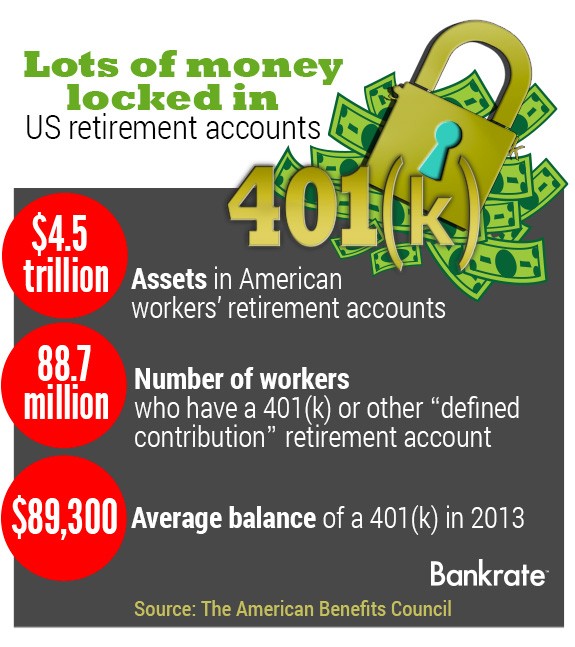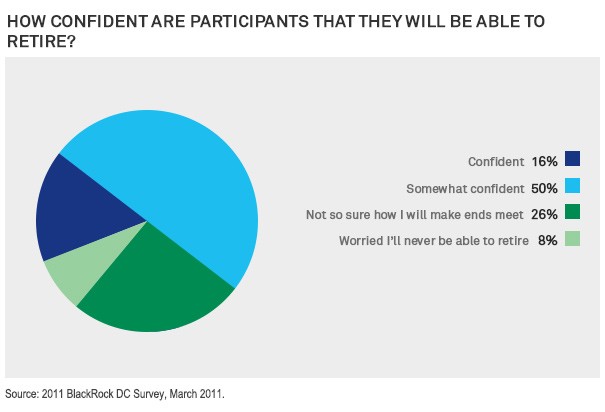How to create a retirement income stream
Post on: 18 Май, 2015 No Comment

Take action
Who knew that would be the easy part.
The biggest challenge for people in retirement is recreating the income streams they had when they were working, says Daniel D’Ordine, a Certified Financial Planner with Life and Wealth Planning in New York. You have to figure out how to take your assets and turn them into income by taking withdrawals, selling your investments or purchasing an annuity.
Indeed, the complexity of tapping a mixed bag of retirement assets, from personal savings to pensions to IRAs and 401(k) plans, is compounded by a litany of distribution requirements, potential penalties and tax liabilities.
It’s made harder still by who’s in the Oval Office.
The general level of tax rates can and does change over time in response to economic conditions, the agenda of the reigning political party or current and expected budget deficits or surpluses, notes Stephen M. Horan in his study, Optimal Withdrawal Strategies for Retirees with Multiple Savings Accounts, featured in the Journal of Financial Planning.
Therefore, retirees must learn to adapt their withdrawal strategy to a changing tax environment by managing their tax-advantaged accounts, such as IRAs and 401(k) plans, says Horan, head of professional education content and private wealth for the CFA Institute.
Creating an income stream
- Determine your withdrawal rate.
- Divide assets into buckets.
- Be mindful of taxes.
- Consider Social Security.
Determine your withdrawal rate
Before you can decide which accounts to tap first, you’ll need to crunch the numbers to determine how much you can safely withdraw without running the risk of outliving your cash.
Your withdrawal rate, in fact, is the most important piece of your post-retirement financial plan.
To develop a sustainable strategy. you’ll need to consider your age, life expectancy, living expenses and rate of return on your investments.
For retirees with all their ducks in a row, meaning they didn’t retire before age 65, they have adequate savings set aside and are generally healthy, D’Ordine says a good rule of thumb is to draw down no more than 4 percent of their portfolio each year, adjusting that rate gradually higher to account for inflation.
For example: If your nest egg is worth $1 million, you would withdraw 4 percent, or $40,000, the first year. Assuming an annual inflation rate of 3 percent, multiply that amount by .03 percent, yielding a withdrawal amount of $41,200 the second year, $42,436 the third year, and so on.

Assuming a conservative 8 percent return on your overall portfolio and a generally stable economy, that strategy allows you to spend only your earnings, leaving your principal untouched.
If you retire early, or if you have to dip into your nest egg’s principal to sustain yourself for several decades, use Bankrate’s retirement calculator to determine how much you need to have saved. You may have to dial back your withdrawal rate and supplement your income by working part-time for awhile.
You should also reduce your withdrawal rate if your portfolio has fallen significantly in value, says D’Ordine.
After a year like 2008, where what was once a $1 million portfolio may now be worth $650,000, it’s best to take a step back and reassess, he says, noting $40,000 is actually more than 6 percent of a $650,000 portfolio. That rate of withdrawal could lead to the ultimate depletion of assets, he warns.
Ideally, financial planners say your withdrawal rate should leave you with enough income to cover your living expenses until age 100, because many Americans are living longer and incurring greater medical costs than ever before.
Even so, Bob Adams, a Certified Financial Planner with Armstrong Retirement Planning in Cupertino, Calif. recommends retirees maintain an emergency fund worth at least 12 months’ of living expenses in an interest-bearing account, such as a CD or money market .
An emergency fund must be liquid and safe, so this is money that should not be in the stock market, he says. You don’t want to be in a situation where you might be forced to liquidate equity investments during a downturn in the market.
Divide assets into buckets
The next challenge, of course, is determining how to turn your assets into income.
D’Ordine says retirees can help put their nest egg into perspective by categorizing their assets into three distinct buckets.
The first, which includes investments outside of a retirement fund, is your taxable bucket.
Most planners, including D’Ordine, recommend retirees tap those investments first, since the capital gains tax rate may be more favorable than the ordinary income tax rate you will pay when withdrawing from such tax-deferred accounts as an IRA or 401(k).
Taxable accounts are also first to bat for those who retire early, because distributions from your IRAs and 401(k) plans usually involve penalties before age 59½.
The second bucket includes your tax-favored accounts, such as a traditional IRA or 401(k).
For many investors, it’s best to leave these funds untouched until their taxable investments are depleted, allowing them to accumulate tax-deferred as long as possible, says Adams, who says any withdrawal plan has to be integrated into your overall retirement, tax-planning and estate planning strategy to achieve your financial and nonfinancial goals.














